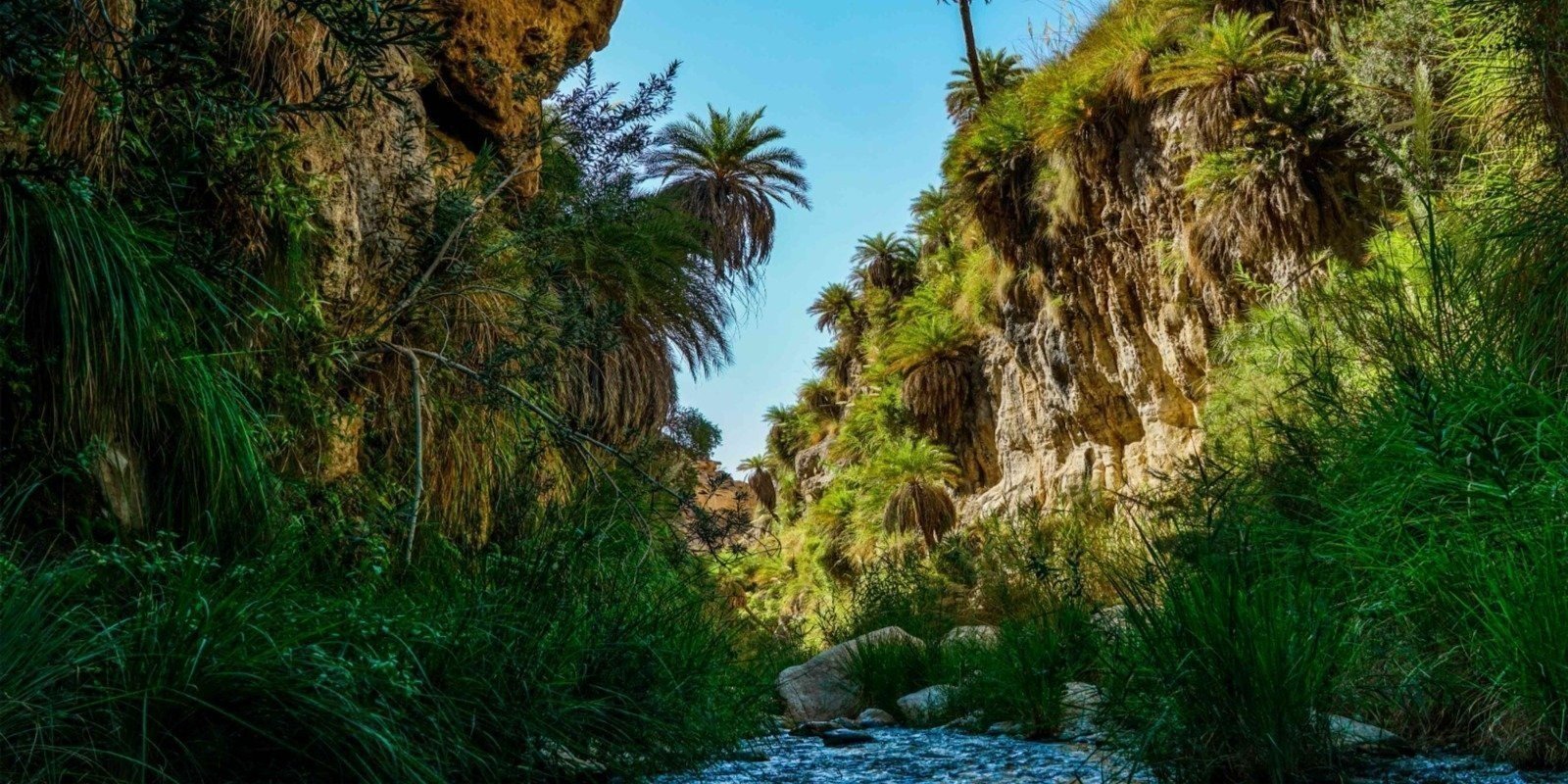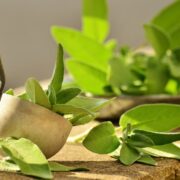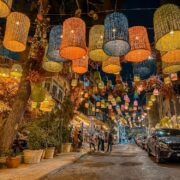Wadi Bin Hammad: Jordan’s Coolest Hidden Spot

Wadi Bin Hammad: Jordan’s Coolest Hidden Spot
Let’s be honest — when people talk about Jordan’s canyons, they usually mention Wadi Mujib or Wadi Rum. And sure, those places are incredible. But have you ever heard of Wadi Bin Hammad? If not, you’re seriously missing out.
Tucked away near Karak, this place is a total hidden gem — and honestly, it’s the perfect summer escape. Picture this: a narrow canyon with towering cliffs, fresh water running through it all year, and lush greenery everywhere you look. It feels more like a secret jungle than a desert hike.
One of the best things about Wadi Bin Hammad? It’s not packed with tourists. That means no crowds, no noise — just you, nature, and the soothing sound of water under your feet. You actually walk in the stream as you explore, and the water is cool enough to keep you refreshed even on the hottest summer days.
The trail isn’t too tough either, so whether you’re a seasoned hiker or just in it for the vibes, you’ll have a blast. There are little waterfalls, moss-covered walls, and hanging plants that make the whole place feel like something out of a fantasy movie.
Wadi Bin Hammad might not be famous (yet), but that’s what makes it so special. It’s still wild, peaceful, and totally unspoiled. So if you’re looking to beat the heat and try something different this summer, add Wadi Bin Hammad to your list. You won’t regret it.
When’s the Best Time to Go?
While you can technically visit Wadi Bin Hammad year-round, the best time is between late spring and early autumn, especially from May to September. That’s when the weather is warm enough to enjoy walking through the cool water, but not overwhelmingly hot if you go early in the morning or late in the afternoon. Avoid visiting after heavy rain though — flash floods can be dangerous in narrow canyons.
What to Wear and Bring
Since you’ll be walking through water most of the time, forget your regular sneakers — go for waterproof hiking shoes or trekking sandals with good grip. Trust us, your feet will thank you. Wear light, breathable clothes that dry quickly, and maybe a swimsuit underneath if you feel like getting fully wet.
Don’t forget the basics:
- A hat or headscarf for sun protection
- Sunglasses and reef-safe sunscreen
- At least 1 liter of water per person
- A dry bag for your phone or camera if you’re bringing one
- A change of clothes and a towel for after the hike
A Sustainable Travel Opportunity
Wadi Bin Hammad also represents an opportunity to promote sustainable and local tourism. It’s a destination that doesn’t rely on infrastructure-heavy attractions, but instead offers an authentic experience rooted in natural beauty and cultural simplicity. Supporting guided tours and local initiatives in the area contributes directly to community development and environmental awareness.
When’s the Best Time to Go?
While you can technically visit Wadi Bin Hammad year-round, the best time is between late spring and early autumn, especially from May to September. That’s when the weather is warm enough to enjoy walking through the cool water, but not overwhelmingly hot if you go early in the morning or late in the afternoon. Avoid visiting after heavy rain though — flash floods can be dangerous in narrow canyons.
What to Wear and Bring
Since you’ll be walking through water most of the time, forget your regular sneakers — go for waterproof hiking shoes or trekking sandals with good grip. Trust us, your feet will thank you. Wear light, breathable clothes that dry quickly, and maybe a swimsuit underneath if you feel like getting fully wet.
Don’t forget the basics:
- A hat or headscarf for sun protection
- Sunglasses and reef-safe sunscreen
- At least 1 liter of water per person
- A dry bag for your phone or camera if you’re bringing one
- A change of clothes and a towel for after the hike
A Sustainable Travel Opportunity
Wadi Bin Hammad also represents an opportunity to promote sustainable and local tourism. It’s a destination that doesn’t rely on infrastructure-heavy attractions, but instead offers an authentic experience rooted in natural beauty and cultural simplicity. Supporting guided tours and local initiatives in the area contributes directly to community development and environmental awareness.


